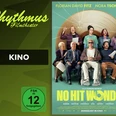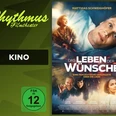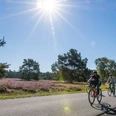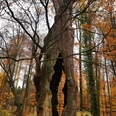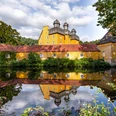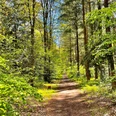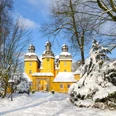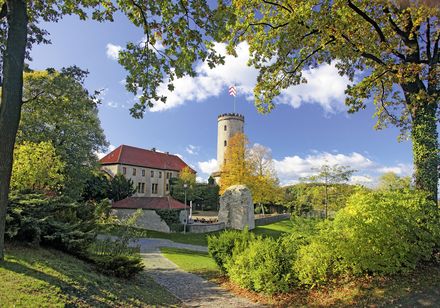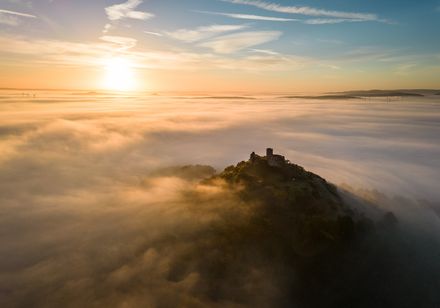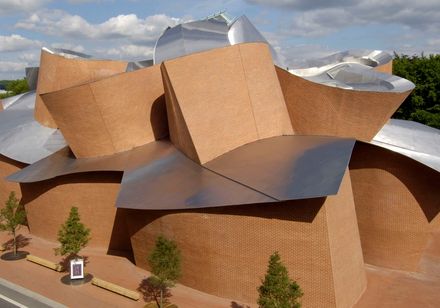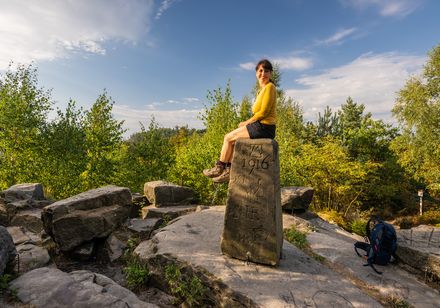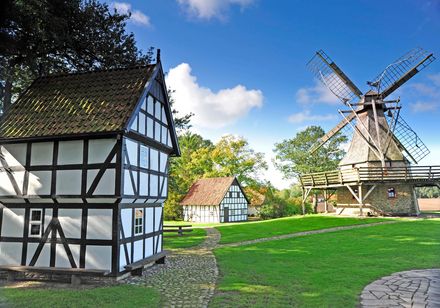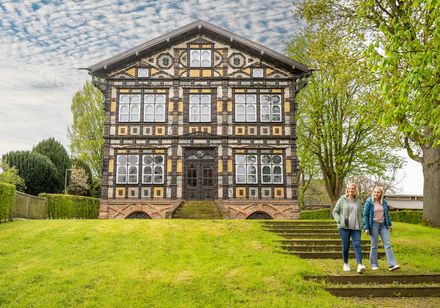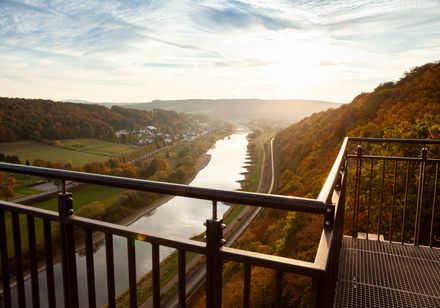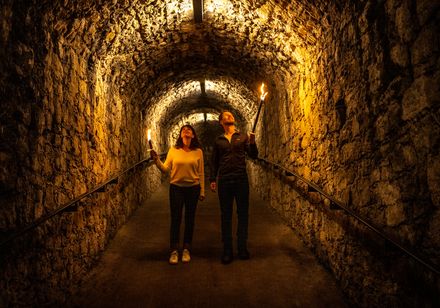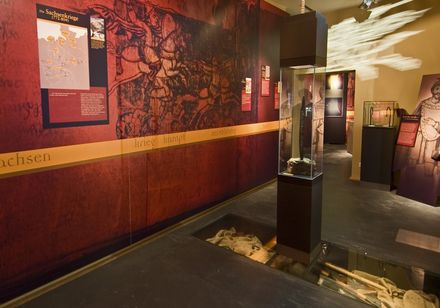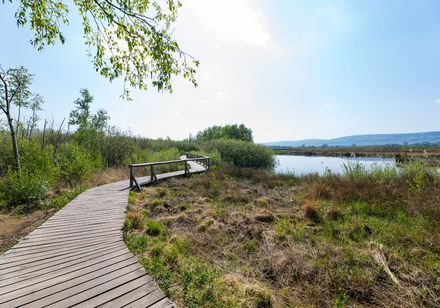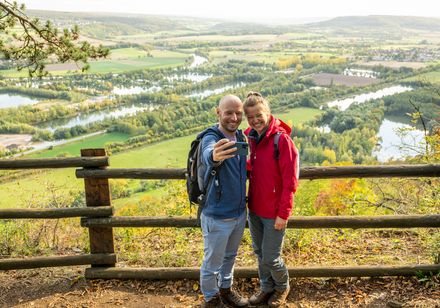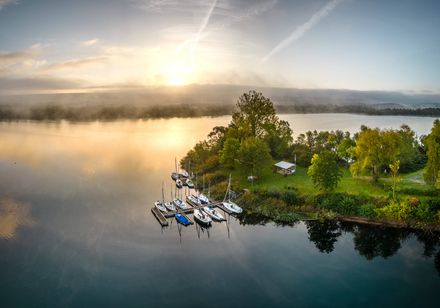The Holter Forest is a contiguous woodland area of around 670 hectares. It is crossed by typical Senne streams, the Ölbach and the Landerbach.
With its different forest locations and the meadows in between, it is one of the most remarkable forests in the Senne.
Its old-growth stands are ideal habitats for bird species that rely on caves for their young. In addition to the black woodpecker, green woodpecker, great spotted woodpecker, lesser spotted woodpecker and kingfisher can also be found in Holter Forest. Rare bat and insect species also find a refuge here.
As a former hunting ground with the central Holte hunting lodge, Holter Forest is considered a historically old forest that has remained close to nature despite being used for forestry and is therefore one of the rare representatives of the natural landscape. In a 15-hectare natural forest cell designated in 1997, the forest can now develop without human influence.
The senna sands, which also form the subsoil in Holter Forest, are the reason for the growth of pines, oaks and beeches, with alders and ash trees also found on the banks of the Senne streams. The small-scale moors are dominated by typical vegetation.
The Holter Forest acts as a stepping stone biotope in the otherwise sparsely wooded Westphalian Bight. It has been designated as a flora and fauna habitat area (FFH area). The main objectives of the Habitats Directive for the Holter Forest are near-natural forest management, the preservation of hollow trees as nesting sites for rare bird species and the near-natural preservation of the flowing and still water sections of the Ölbach and Landerbach streams. The aim of the concept is to calm core areas of the FFH site and to maintain an attractive range of paths for visitors. To this end, a visitor guidance concept was created that promotes the careful use of this beautiful forest area and at the same time makes it possible to experience nature. This applies in particular to hiking, cycling and bridle paths as well as parking spaces.
The Schlossweg hiking trail connects Schloß Holte-Stukenbrock and Verl, while the Holter Waldweg forest trail makes a short loop of around 1.5 hours in the northern part of the forest.
In addition to the local cycle routes such as the SHS1, which connects all the districts and sights of Schloss Holte-Stukenbrock, and the SHS2, national cycle routes also run through the Holter Forest, above all the European Cycle Route R1.
Because the Holter Forest is not only used for local recreation, but is also managed, the paths can be quite muddy, especially in winter. Therefore: put on your hiking boots and get going!
Good to know
General information
Parking Available
Bus stop available
Eligibility
Suitable for any weather
for Groups
for Class
for families
for individual guests
Suitable for the Elderly
Payment methods
Directions & Parking facilities
You can find out how to get there by public transport and, of course, how to get from A to B on site via OWL-Verkehr https://teutoowl.de/owlv/.
The best way to reach Holter Wald by car is via the A33 highway, taking the Schloß Holte-Stukenbrock exit. From there, turn left into Oerlinghauser Straße and follow the road via Schlossstraße into Holter Wald. There are various parking lots for hikers. The SHS 1 and 2 cycle paths lead through the forest as well as the Holter Waldweg, Schlossweg and Wanderteufelweg hiking trails.
Social Media
License (master data)
Nearby





